The Best Anti-Gravity Knee Brace
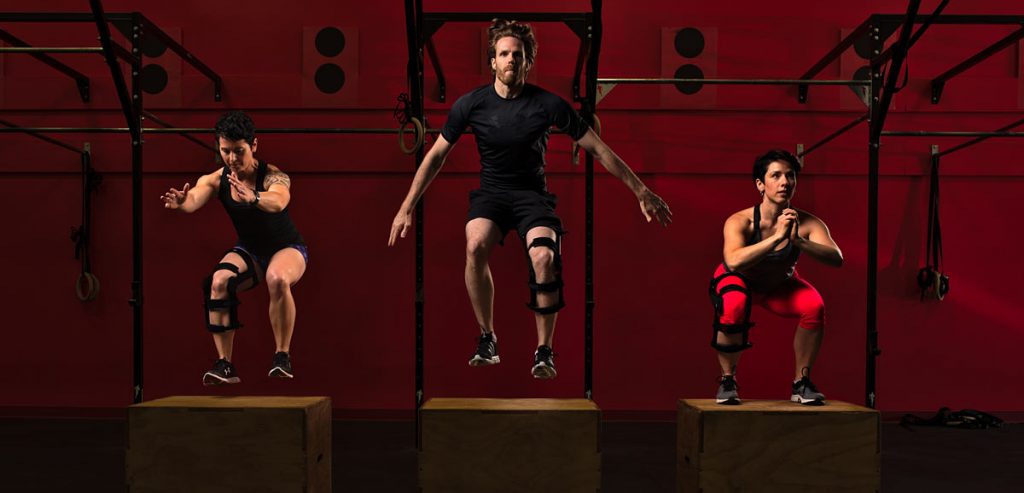
If you are in search of a knee brace to treat your knee pain, you may have come across “anti-gravity” knee braces. Unfortunately, many knee braces claiming to be anti-gravity will not be the best anti-gravity knee brace out there.
Why is this? Most of these braces will not be powerful enough to meaningfully reduce the effects of gravity. This is especially true if you suffer from a knee injury, osteoarthritis, or another source of knee instability and pain.
The good news is that the technology for truly anti-gravity knee braces does exist. Read on to discover what an anti-gravity knee brace is, why you might benefit from one, and which anti-gravity knee brace is actually deserving of your hard-earned money.
What is an anti-gravity knee brace?
To be anti-gravity means to reduce, cancel, or protect against the effects of gravity. While you can’t necessarily feel gravity, you can think about it as your body weight. The amount you weigh is a measure of the earth’s gravitational pull on you, and this force affects your body and joints.
Put simply, anti-gravity knee braces reduce the effects of body weight on your knee joints. If you have knee instability or weakness, osteoarthritis (OA), or a knee or ligament injury, you have probably already noticed the effects of body weight on your knees.
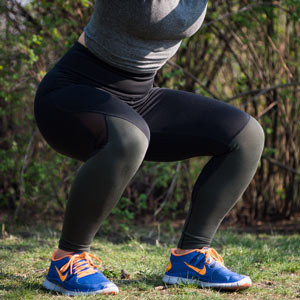
Squatting applies 4-5 times your body weight on your joints.
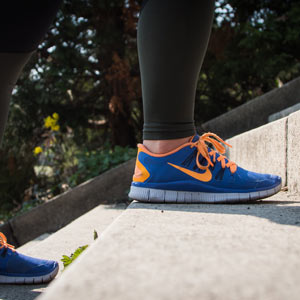
Your knees experience added stress when you go up and down stairs.
If you have knee pain, pain typically worsens when you go up or down stairs or when you squat. Why is this? The reason is that these movements actually increase the amount of force your body applies to your knee joints. For this reason, these movements are sometimes called weight-bearing activities.
How does an anti-gravity brace work?
To understand how an anti-gravity brace works, it’s essential to first understand how much pressure your body weight applies to your knee joints. And it’s a lot!
Your body exerts a huge amount of force on your joints just from its weight alone. If you are walking on a level surface, the force your body puts on your knees will be 1½ times your body weight. So if you weigh 200 lb, your knees will experience 300 lb of pressure – just from walking!
If you are going up an incline, squatting, or going up and down stairs, the force on your knees will be even higher. Ascending or descending stairs will put 2-3 times your body weight on your knee joints. Squatting applies even more pressure with a force of 4-5 times your body weight. Talk about pressure!
Based on these figures, an anti-gravity knee brace will need to effectively reduce the effects of body weight on your knee joint. It can do this by counteracting forces in their opposite direction, absorbing energy, or even a combination of both. But to do any of this well, the brace will need to have powerful hinges. These hinges will also need to work while you’re in flexion (bending your knees), since that’s when forces are highest.
So far, we’ve spoken a lot about body weight. However, determining the forces acting on your knees is a lot more complicated than just knowing how much you weigh. Your muscles and ligaments will also apply loads on your joint, and these loads can vary based on how you are moving and how strong they are. A quality anti-gravity knee brace will also have to take these forces into consideration.
If you want to learn more about other types of knee braces and how to choose the right one, check out this guide for everything you need to know.
Should I get an anti-gravity knee brace?
You may want to consider an anti-gravity knee brace if you have knee pain, perform many weight-bearing or repetitive motions, or have been told to lose weight by a healthcare professional.
If you frequently perform actions like squatting, ascending or descending chairs, and want to lessen the wear and tear on your joints, an anti-gravity knee brace may help protect your knees. However, keep in mind that regular movement is healthy for your knees since it promotes lubrication inside the joint and strengthens the surrounding muscles.
Another way to know if you’d benefit from an anti-gravity knee brace is if you have a high body mass index (BMI) or a health professional has already recommended weight loss as a way to treat your knee pain. For many adults over 60, an increased BMI is linked to an increased experience of significant joint pain1.
Because your body is one of the biggest sources of force on your knees, weight loss is a common recommendation for individuals suffering from knee pain or osteoarthritis2-4. If you want to avoid knee surgery or painkillers, weight loss is also likely to be recommended as one of the many conservative treatments.
However, weight loss is easier said than done, especially if you have significant knee pain. A solution to increasing activity for weight loss would be using a brace that reduces your knee pain and increases mobility.
Most “anti-gravity” knee braces are not based on science
There are many knee braces on the market claiming to be anti-gravity. However, most of them are not medical-grade devices or supported by any scientific research.
These inferior braces with unsupported claims of being anti-gravity are typically sold in the $20 to $100 range. While they may reduce some effects of gravity, most of them will not be powerful enough to produce a meaningful reduction in the effects of body weight.
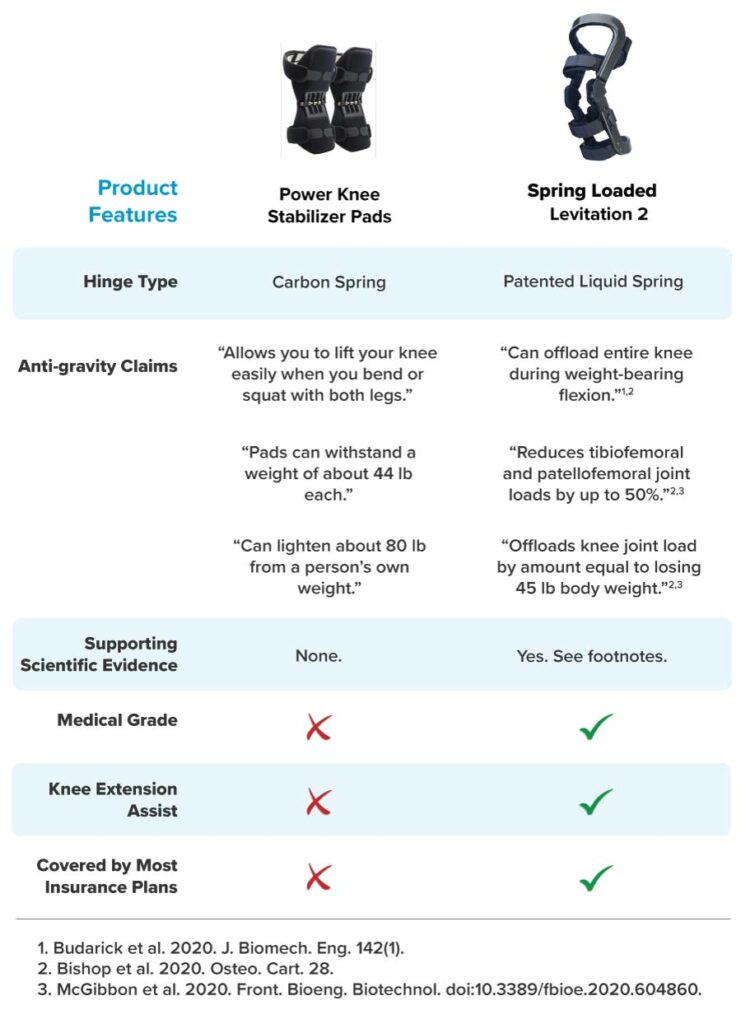
To become a medical-grade device, a brace must undergo what is often a long and complex vetting procedure. In the US, braces must be evaluated by the Food and Drug Administration for safety and effectiveness.
If a brace claims to offload your knee by a specific amount yet fails to provide any supporting evidence, the claim is likely untrue. And while customer testimonials are a form of proof, they are not as trustworthy as scientific papers. It is also not unheard of for companies or resellers on Amazon to create fake product reviews.
What to look for in an anti-gravity knee brace
To recap, a brace that is truly anti-gravity will have to be strong enough to reduce the large amount of force your body weight applies to your knees. This brace will also have to be powerful enough to assist your knee across a range of motions, including going up and down inclines and squatting, when body weight forces are even stronger.
Additionally, braces claiming to be anti-gravity – or claiming to be anything – need scientific support. Keep in mind that even determining how much a brace offloads will require complex and time-consuming testing. Studies of this kind use expensive biomechanical equipment and complicated simulations. As a result, most non-medical grade braces will not be attached to these types of studies.
The above requirements call for some pretty groundbreaking brace technology. Thankfully, one company has invested the necessary resources into developing the world’s first truly anti-gravity knee brace.
Levitation: A knee brace supported by science
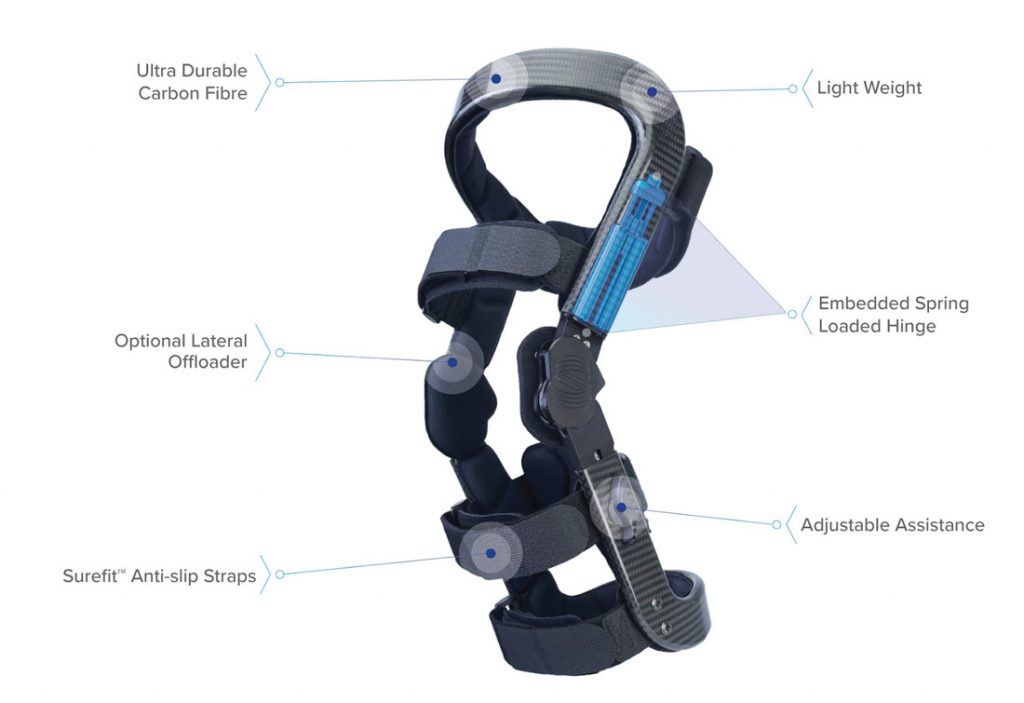
The Levitation knee brace by Spring Loaded Technology is capable of reducing forces across the entire knee thanks to its unique hinge design. Inside its hinge are liquid springs that absorb the force of your body weight. When you extend your legs, the hinge returns that energy to your knee, resulting in powered leg movements.
Unlike many other “anti-gravity” knee braces out there with little to no supporting scientific evidence, Levitation has been the subject of multiple studies. Major findings of these studies include:
- Levitation is proven to reduce forces across the entire knee joint during weight-bearing movements5,6
- During a 90-degree knee bend, Levitation can reduce pressure on the knee to an amount equal to losing 45 pounds 5,6
- Levitation users experienced up to a 64% reduction in forces across the entire knee joint
Levitation users have also reported meaningful improvements in pain, mobility levels, and physical activity levels, compared to non-braced users:
- 95% of Levitation users experienced reduced pain7
- 85% of Levitation users report having better mobility with the brace8
- 70% of Levitation users reported an increase in physical activity levels7
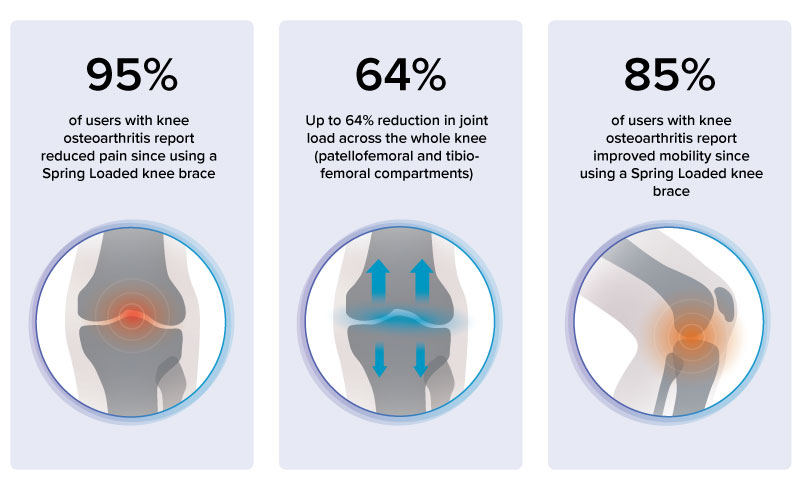
The secret to reducing forces: A spring loaded hinge
So what makes Levitation stand out as the best anti-gravity knee brace? The answer is quite simple: its hinge.
The offloading power of Levitation comes down to its patented liquid spring hinge design. By compressing molecules of a silicon fluid, these liquid springs can store and release a large amount of energy.
In comparison, most knee braces claiming to be anti-gravity will have hinges made with a carbon spring system. While these spring designs do counteract some force, they will be too weak to meaningfully reduce pressure in your knee joints.
How to get Levitation
If you’re ready to invest in an anti-gravity knee brace proven to reduce joint pressure, a Spring Loaded representative can help you determine if you’re a candidate.
For a FREE consultation with a Spring Loaded bracing specialist, you can call 1-877-209-8780. You can also schedule an appointment by clicking here.
References
- Andersen, R. E., Crespo, C. J., Bartlett, S. J., Bathon, J. M., & Fontaine, K. R. (2003). Relationship between Body Weight Gain and Significant Knee, Hip, and Back Pain in Older Americans. Obesity Research, 11(10), 1159–1162. https://doi.org/10.1038/oby.2003.159
- Jevsevar, D.S. (2013). Treatment of osteoarthritis of the knee: evidence-based guideline, 2nd edition. J. Am. Acad. Orthop. Surg. 21(9): 571-6.
- Messier, S.P., Resnik, A.E., Beavers, D.P., Mihalko, S.L., Miller, G.D., Nicklas, B.J., DeVita, P., Hunter, D.J., Lyles, M.F., Eckstein, F., Guermazi, A., and Loeser, R. F. (2018). Intentional weight loss in overweight and obese patients with knee osteoarthritis: is more better? Arthritis Care Res. (Hobokin), 70(11): 1569–1575.
- Zhang, W., Moskowitz, R.W., Nuki, G., Abramson, S., Altman, R.D., Arden, N., Bierma-Zeinstra, S. Brandt, K.D., Crost, P., Doherty, M., Dougados, M., Hochberg, M., Hunter, D.J., Kwoh, K. Lohmander, L.S., and Tugwell, P. (2008). OARSI recommendations for the management of hip and knee osteoarthritis, Part II: OARSI evidence-based, expert consensus guidelines. Osteoarthritis and Cartilage 16: 137-62. https://doi.org/10.1016/j.joca.2007.12.013
- Budarick, A.R., MacKeil, B. E., Fitzgerald, S., and Cowper-Smith, C.D. (2020). Design evaluation of a novel multicompartment offloader knee brace. J. Biomech. Eng. 142(1). https://doi.org/10.1115/1.4044818
- McGibbon, C.A., Brandon, S.C., Bishop, E.L., Cowper-Smith, C.D., Biden, E.N. (2021). Biomechanical study of a novel tri-compartmental offloader brace for the knee.Front. Bioeng. Biotechnol. https://doi.org/10.3389/fbioe.2020.604860
- Budarick, A.R., Bishop, E.L., and Cowper-Smith, C.D. (2021). Preliminary evaluation of a new orthotic for multi-compartment knee osteoarthritis: a retrospective pilot survey. J. Prosthet. Orthot.Under Peer Review.
- Bishop, E.L., Kuntze, G., and Ronsky, J.L. (2020). Biomechanical evaluation of a tri-compartment offloader knee brace during chair rise and lower and stair ambulation. Osteoarthritis and Cartilage. Under Peer Review. 28: S243-S244. https://doi.org/10.1016/j.joca.2020.02.390